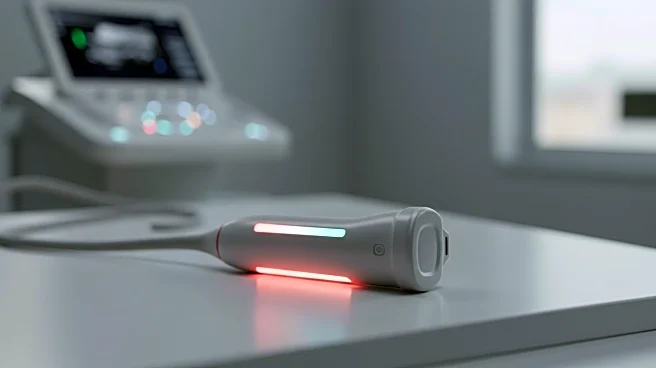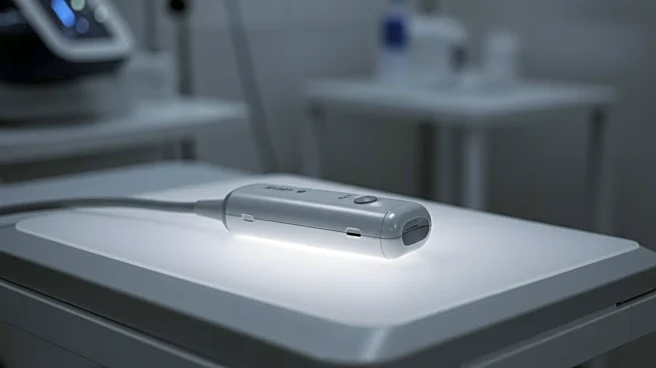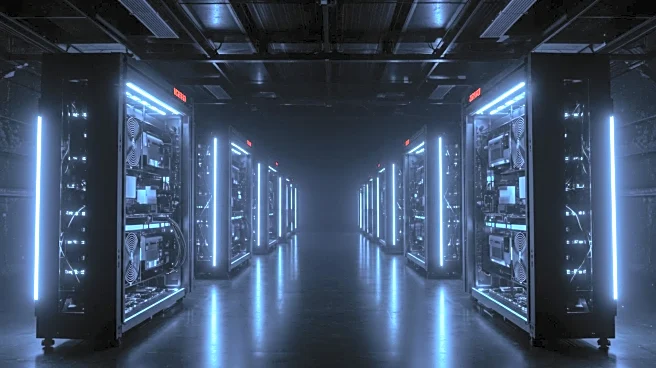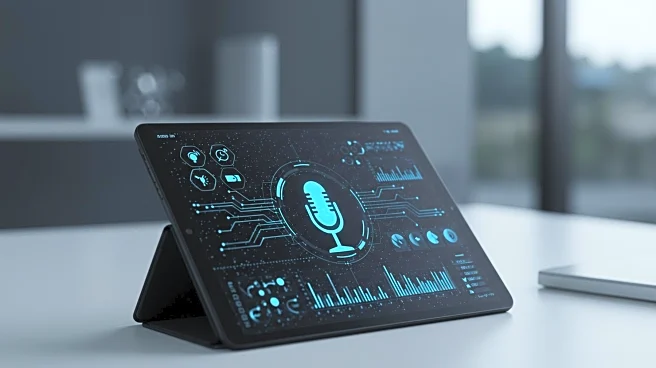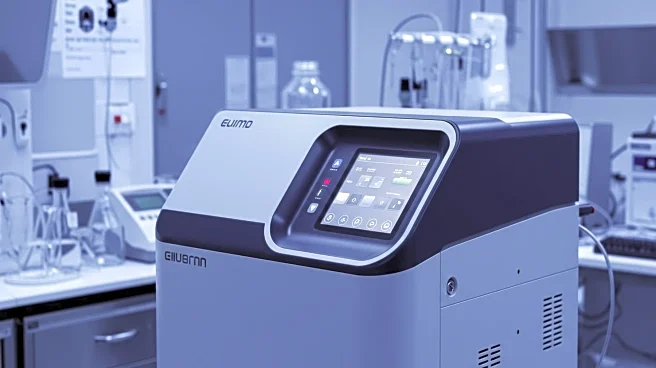What's Happening?
Nanosonics, Inc. has launched the trophon3 system and trophon2 Plus software upgrade, enhancing high-level disinfection (HLD) for ultrasound probes. The trophon device, which uses hydrogen peroxide for automated disinfection, aims to reduce cross-contamination and exposure to harmful chemicals in healthcare settings. The new technology offers a 4-minute cycle time and digital traceability, integrating with RIS and PACS systems for improved workflow and audit readiness. This innovation reflects Nanosonics' commitment to infection prevention and customer support, addressing the persistent challenge of healthcare-associated infections (HAIs).
Why It's Important?
Effective disinfection of medical devices is crucial in preventing HAIs, which affect approximately 1 in 31 hospital patients daily. The trophon3 system represents a significant advancement in infection control, potentially reducing device-related infections linked to reprocessing failures. By automating the disinfection process, healthcare facilities can enhance safety, efficiency, and compliance, ultimately improving patient outcomes. This innovation underscores the importance of continuous improvement in infection prevention technologies, which are vital in maintaining high standards of care.
What's Next?
The availability of the trophon3 device and trophon2 Plus software upgrade in the U.S. and Canada marks a new phase in infection prevention. Healthcare facilities are expected to adopt these technologies to enhance their disinfection protocols. Nanosonics will likely continue to innovate and expand its product offerings, focusing on further improving safety and efficiency in medical device reprocessing. As the healthcare industry prioritizes infection control, similar advancements in disinfection technology are anticipated.
Beyond the Headlines
The launch of advanced disinfection technology raises questions about the balance between automation and human oversight in healthcare settings. While automation can reduce human error, it is essential to ensure that staff are adequately trained to use new systems effectively. Additionally, the environmental impact of disinfection technologies, including chemical use and waste management, must be considered to promote sustainability in healthcare practices.
